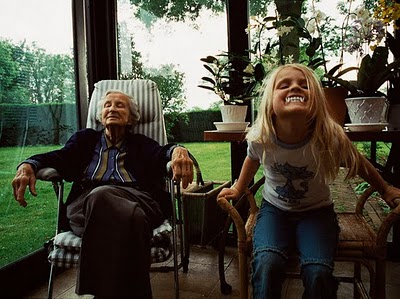Someday you’ll taste your cup of life and find it filled with sand, and then you’ll have to turn and face the man within

A recent study of an ancient language provides new insights into the nature of linguistic evolution. (…)
Dr. Kiparsky’s research focuses on the reasons why languages change over time, and the mechanisms by which this change occurs. Linguistic change differs from biological evolution and socio-cultural change because of the way language is organized and learned. Languages are passed on by example, but each is governed by a coherent set of rules that conform to a common set of organizing principles. Linguistic change is typically initiated by children as they make “intelligent” errors in seeking the simplest way of navigating the languages they are learning. By studying linguistic change, we gain new insights into how language is organized and how children learn language.
{ EurekAlert | Continue reading }
How to Prevent Language Extinction
The 7 billion inhabitants of Earth currently speak about 6000 different languages. That may seem a healthy multitude but it turns out that just five of these languages dominate. More than half the population speak English, Russian, Mandarin, Hindi and Spanish. These together with the next hundred most popular languages account for 95 per cent of speakers. A mere 5 per cent of the global population speak the rest and two thirds of these lingos are in danger of extinction.
That’s a perilous state of affairs. With the death of a language, the planet loses an irreplaceable cultural phenomenon. The fear is that the big five may crush all before them, pushing weaker languages into oblivion and leaving a cultural desert in their wake.
That fear has been exacerbated by mathematical models describing how one language can dominate another and showing how easily extinctions happen.
Today, however, there is better news. The relentless march of dominant languages may not be as inevitable as these early models seemed to show.
photo { Emma Hardy }


